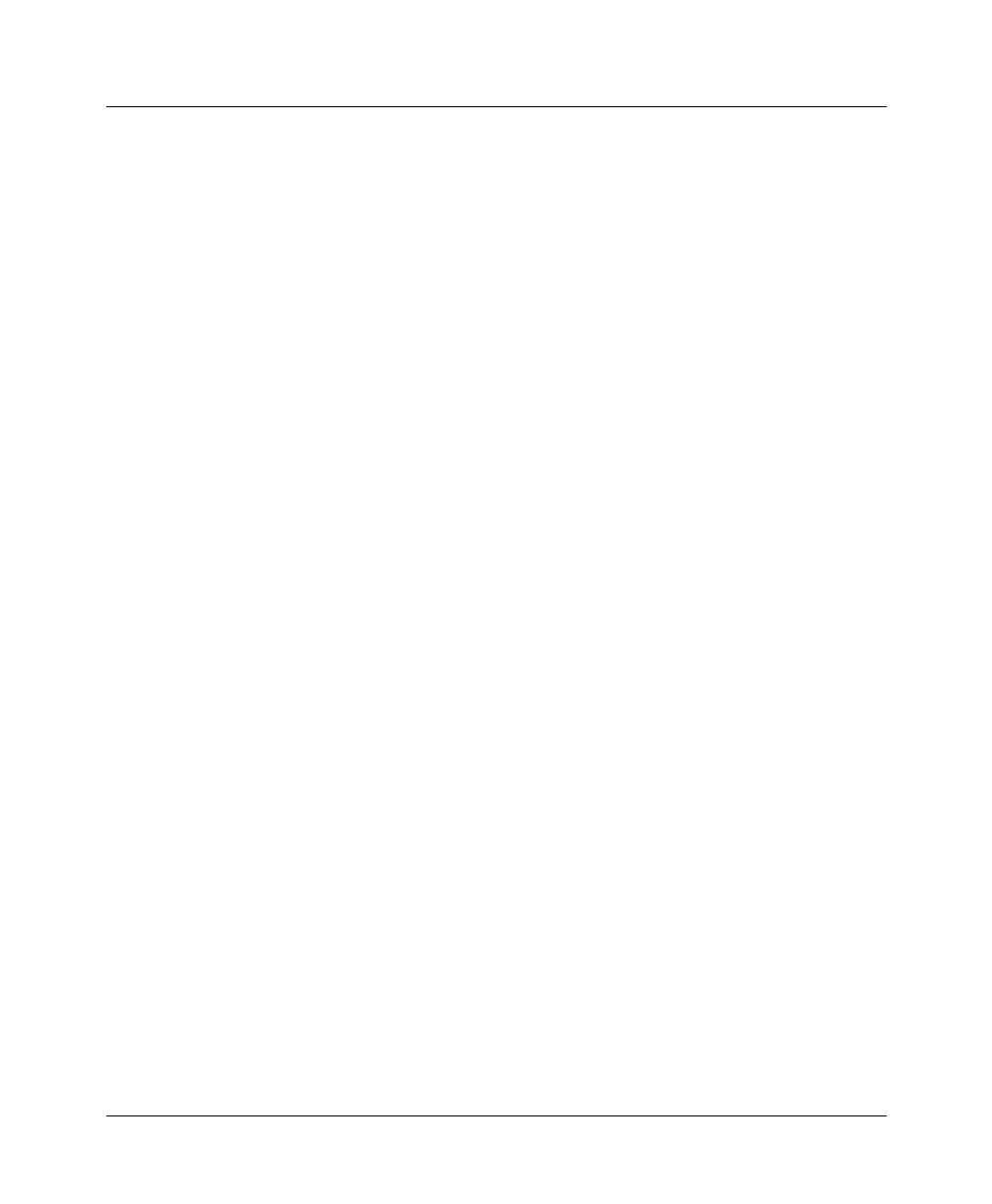User`s guide
Table Of Contents
- Ascend Customer Service
- How to use this guide
- What you should know
- Documentation conventions
- How to use the on-board software
- Manual set
- Configuring WAN Connections
- Configuring IP Routing
- Introduction to IP routing on the Pipeline
- Managing the routing table
- Parameters that affect the routing table
- Static and dynamic routes
- Configuring static routes
- Specifying default routes on a per-user basis
- Enabling the Pipeline to use dynamic routing
- Route preferences
- Viewing the routing table
- Fields in the routing table
- Removing down routes to a host
- Identifying Temporary routes in the routing table
- Configuring IP routing connections
- Ascend Tunnel Management Protocol (ATMP)
- IP Address Management
- Connecting to a local IP network
- BOOTP Relay
- DHCP services
- Dial-in user DNS server assignments
- Local DNS host address table
- Network Address Translation (NAT) for a LAN
- Configuring IPX Routing
- How the Pipeline performs IPX routing
- Adding the Pipeline to the local IPX network
- Working with the RIP and SAP tables
- Configuring IPX routing connections
- Configuring the Pipeline as a Bridge
- Defining Filters and Firewalls
- Setting Up Pipeline Security
- Pipeline System Administration
- Pipeline 75 Voice Features
- IDSL Implementations
- APP Server utility
- About the APP Server utility
- APP Server installation and setup
- Configuring the Pipeline to use the APP server
- Using App Server with Axent SecureNet
- Creating banner text for the password prompt
- Installing and using the UNIX APP Server
- Installing and using the APP Server utility for DO...
- Installing and using the APP Server utility for Wi...
- Installing APP Server on a Macintosh
- Troubleshooting
- Upgrading system software
- What you need to upgrade system software
- Displaying the software load name
- The upgrade procedure
- Untitled

Defining Filters and Firewalls
Overview of Filter profiles
Pipeline User’s Guide Preliminary January 30, 1998 6-7
At the top level of a Filter profile are two submenus: Input Filters and Output
Filters. The Input submenu allows you to define 12 In-filter conditions to
apply to incoming data. The Output submenu allows you to define 12 Out-
filter conditions to apply to outgoing data. The conditions are applied to the
data stream in filter order, starting with 01.
• Generic or IP filters
Each In filter and Out filter can be one of two types: “Generic” or “IP.” After
assigning a type, you define filter conditions applicable to that type of packet
in its corresponding submenu.
• Filter conditions
Filter conditions specify the actual packet characteristics that will be
examined in the data stream. Generic filter conditions specify locations and
values that may be found within any packet. IP filter conditions specify
packet characteristics that apply only to TCP/IP/UDP packets, such as
address, mask, and port.
Filtering inbound and outbound packets
At the top level of a Filter profile, you can assign a name and open the Input
Filters or Output Filters submenu.
20-401 IP Call
>Name=IP Call
Input filters...
Output filters...
Input filters cause the Pipeline to examine incoming packets, and Output filters
cause it to examine outgoing packets. If the filter is applied as a data filter on the
Ethernet, it affects packets from the Ethernet into the Pipeline or from the
Pipeline out to the Ethernet. If applied as a data or call filter on a WAN interface
defined in a Connection or Answer profile, it affects packets from that WAN
interface into the Pipeline or from the Pipeline out to that interface.
You can specify up to 12 In filters and 12 Out filters in a Filter profile. These
filters are applied in filter-number order, beginning with In filter 01.
20-401 IP Call
Input filters...
>In filter 01










